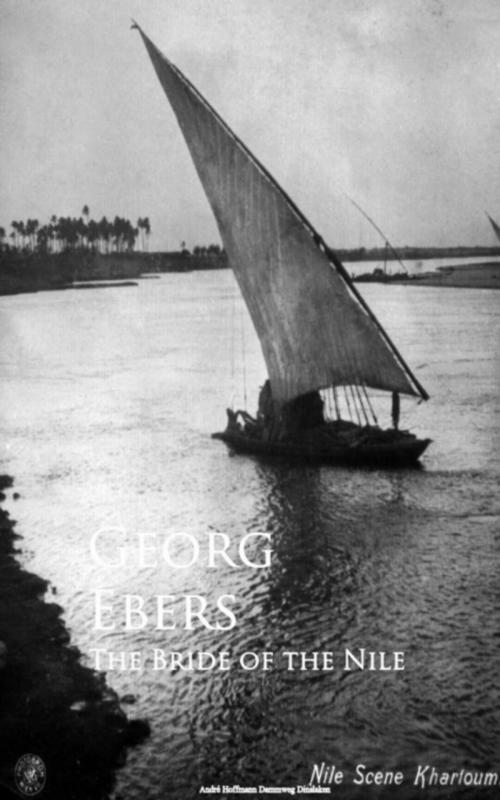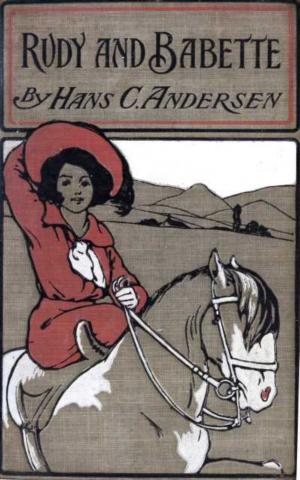| Author: | Georg Ebers | ISBN: | 9783736414365 |
| Publisher: | anboco | Publication: | September 9, 2016 |
| Imprint: | Language: | English |
| Author: | Georg Ebers |
| ISBN: | 9783736414365 |
| Publisher: | anboco |
| Publication: | September 9, 2016 |
| Imprint: | |
| Language: | English |
The "Bride of the Nile" needs no preface. For the professional student I may observe that I have relied on the authority of de Goeje in adhering to my own original opinion that the word Mukaukas is not to be regarded as a name but as a title, since the Arab writers to which I have made reference apply it to the responsible representatives of the Byzantine Emperor in antagonism to the Moslem power. I was unfortunately unable to make further use of Karabacek's researches as to the Mukaukas. I shall not be held justified in placing the ancient Horus Apollo (Horapollo) in the seventh century after Christ by any one who regards the author of the Hieroglyphica as identical with the Egyptian philosopher of the same name who, according to Suidas, lived under Theodosius, and to whom Stephanus of Byzantium refers, writing so early as at the end of the fifth century. But the lexicographer Suidas enumerates the works of Horapollo, the philologer and commentator on Greek poetry, without naming the Hieroglyphica, which is the only treatise alluded to by Stephanus. Besides, all the other ancient writers who mention Horapollo at all leave us quite free to suppose that there may have been two sages of the same name—as does C. Leemans, who is most intimately versed in the Hieroglyphica—and the second certainly cannot have lived earlier than the VIIth century, since an accurate knowledge of hieroglyphic writing must have been lost far more completely in his time than we can suppose possible in the IVth century. It must be remembered that we still possess well-executed hieroglyphic inscriptions dating from the time of Decius, 250 years after Christ. Thus the Egyptian commentator on Greek poetry could hardly have needed a translator, whereas the Hieroglyphica seems to have been first rendered into Greek by Philippus.
The "Bride of the Nile" needs no preface. For the professional student I may observe that I have relied on the authority of de Goeje in adhering to my own original opinion that the word Mukaukas is not to be regarded as a name but as a title, since the Arab writers to which I have made reference apply it to the responsible representatives of the Byzantine Emperor in antagonism to the Moslem power. I was unfortunately unable to make further use of Karabacek's researches as to the Mukaukas. I shall not be held justified in placing the ancient Horus Apollo (Horapollo) in the seventh century after Christ by any one who regards the author of the Hieroglyphica as identical with the Egyptian philosopher of the same name who, according to Suidas, lived under Theodosius, and to whom Stephanus of Byzantium refers, writing so early as at the end of the fifth century. But the lexicographer Suidas enumerates the works of Horapollo, the philologer and commentator on Greek poetry, without naming the Hieroglyphica, which is the only treatise alluded to by Stephanus. Besides, all the other ancient writers who mention Horapollo at all leave us quite free to suppose that there may have been two sages of the same name—as does C. Leemans, who is most intimately versed in the Hieroglyphica—and the second certainly cannot have lived earlier than the VIIth century, since an accurate knowledge of hieroglyphic writing must have been lost far more completely in his time than we can suppose possible in the IVth century. It must be remembered that we still possess well-executed hieroglyphic inscriptions dating from the time of Decius, 250 years after Christ. Thus the Egyptian commentator on Greek poetry could hardly have needed a translator, whereas the Hieroglyphica seems to have been first rendered into Greek by Philippus.















